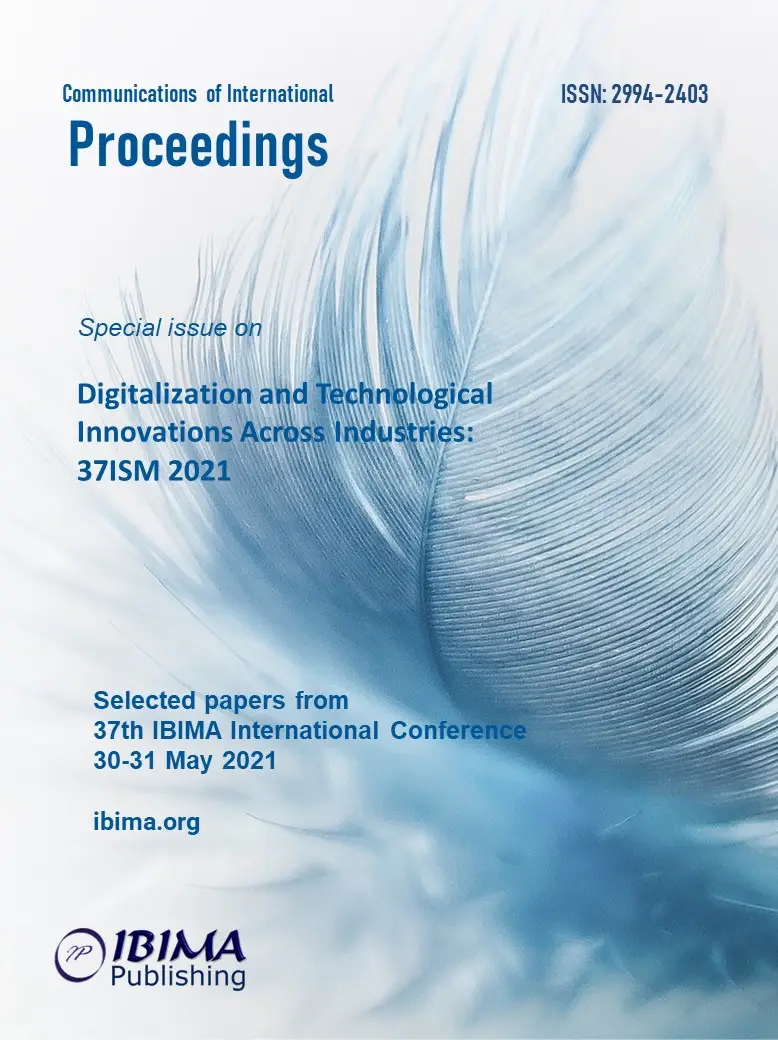
Svitlana KHADZHYNOVA and Svitlana HAVENKO
Lodz University of Technology, Poland

Taking into account the widespread popularity of digital printing techniques, the importance and relevance of optimizing ink-jet imprints quality settings is outlined. Experimental studies of the quality of ink-jet imprints and paper parameters, which formed the basis for creating a mathematical model, are described. The objects of research were offset papers and papers intended for digital printing (coated and uncoated). Test imprints were made on selected papers using the ink-jet method on a Canon office printer. The model was developed using the multifactor analysis program SIMCA P + from Umetrics based on the results of experimental studies. The significance of the influence of individual technological parameters of paper on the interaction with the ink during printing, which determines the quality of imprints, is determined. The mathematical model “Quality ink-jet” is developed, the values of coefficients for linear equations are determined, on the basis of which separate values of imprints parameters were predicted, such as optical density, raster tone gain, print contrast, graininess of printed images, mottling, print stability. In addition, mathematical models of the relationship between such measuring and predicted parameters as width, blur, non-uniformity of the line reproduced on the imprint were determined. It is established that in ink-jet printing, the most important parameters that characterize the interaction of paper with ink (water) and affect the overall print quality are: penetration rate, uniform penetration (Mottle Index) and wet deformation of the paper (elongation). Using the studied model “Quality Ink-jet” was determined the predicted values of print quality parameters.